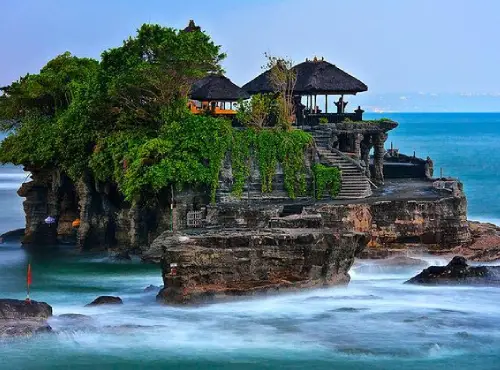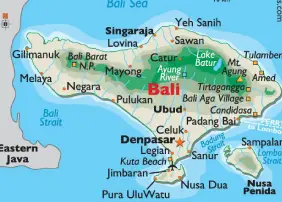History
Ancient culture and spiritual heritage.
History of Bali’s Early Age. Bali’s history dates back over a thousand years, with the first known settlers arriving from China around 2000 BCE. The island has a rich cultural heritage influenced by Hinduism, which arrived from India in the early centuries CE. This led to the establishment of the powerful Majapahit Kingdom in the 14th century, which profoundly shaped Bali’s religion, art, and architecture.
Bali remained largely independent until the Dutch colonized it in the 19th century, integrating it into the Dutch East Indies. Despite foreign influence, Bali has preserved its unique cultural identity, evident in its traditional dances, intricate temples, and vibrant festivals. The island’s history is a tapestry of indigenous traditions blended with Hindu and later, Javanese influences, creating a distinct Balinese culture that thrives today.

Geography


Geography
Tropical paradise with diverse landscapes.
Bali is an Indonesian island located in the westernmost end of the Lesser Sunda Islands, lying between Java to the west and Lombok to the east. Covering an area of about 5,780 square kilometres, Bali is renowned for its diverse landscapes, including lush rice terraces, rugged coastlines, and volcanic mountains.
The island’s central mountains include several peaks over 2,000 meters, with Mount Agung being the highest. Bali’s climate is tropical, with a distinct wet and dry season, supporting a rich variety of flora and fauna. The southern beaches, such as Kuta and Seminyak, are famous for their golden sands and surfing spots, while the northern and eastern coasts offer tranquillity and excellent diving sites. Bali’s natural beauty, combined with its vibrant cultural scene, makes it a top destination for travellers seeking both adventure and relaxation.
